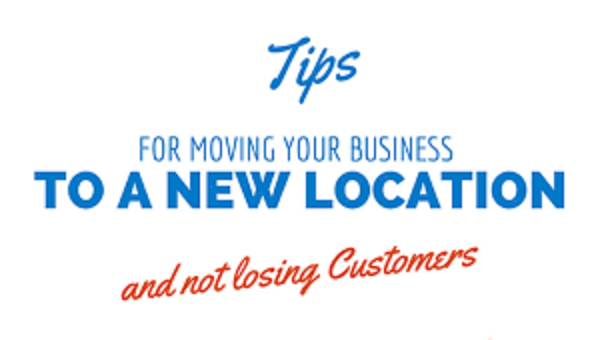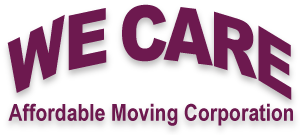
Introduction
Moving a business to a new location is a milestone that signifies growth, change, or the pursuit of better opportunities. However, the process can be challenging and overwhelming without proper planning and execution. To ensure a successful business move, it is essential to approach the transition strategically and systematically. In this blog post, we will share valuable tips to help you navigate the complexities of moving your business to a new location. By following these guidelines, you can minimize disruptions, maintain productivity, and set the stage for a prosperous future.
- Start Early and Create a Timeline
A key aspect of a successful business move is starting early and creating a comprehensive timeline. Begin planning as soon as possible to allow ample time for research, organization, and coordination. Develop a detailed timeline that outlines essential milestones, such as selecting a new location, notifying stakeholders, packing, and setting up utilities at the new site. Starting early and having a well-structured timeline will help you stay organized and on track throughout the moving process.
- Evaluate and Update Your Business Plan
Moving your business provides an opportunity to evaluate your current business plan and make necessary updates. Consider factors such as market trends, customer demographics, and potential growth opportunities in the new location. Revisit your goals, objectives, and strategies to ensure they align with the changes brought about by the move. Updating your business plan will help you adapt to the new environment and make informed decisions for the future.
- Communicate with Employees and Stakeholders
Open and transparent communication is crucial when relocating your business. Notify your employees, clients, vendors, and other stakeholders about the upcoming move well in advance. Provide clear information about the reasons for the move, the new location, and any changes that may affect them. Keep lines of communication open throughout the process, addressing any concerns and ensuring that everyone is informed and involved. A well-informed and engaged team will support a smooth transition and maintain productivity during the move.
- Create a Comprehensive Moving Checklist
A detailed moving checklist is an invaluable tool for managing the various tasks associated with relocating your business. Start by identifying all the essential activities, such as updating your address with vendors and clients, transferring utilities, packing and labeling equipment and inventory, and coordinating with professional movers. Break down these tasks into actionable steps and assign responsibilities to team members. Regularly review and update the checklist to ensure nothing falls through the cracks.
- Hire Professional Commercial Movers
Engaging professional commercial movers can streamline the moving process and reduce the burden on your team. Look for experienced movers with expertise in commercial relocations. Verify their licenses, insurance coverage, and reputation in the industry. Professional movers will handle the logistics, packing, transportation, and unpacking of your office equipment and inventory, allowing your team to focus on business operations during the transition.
- Plan for IT Infrastructure and Connectivity
Before the move, ensure that your new location has the necessary IT infrastructure and connectivity to support your business operations. Evaluate your internet and phone service providers and make arrangements for a smooth transition of these services. Additionally, plan for any necessary upgrades or changes to your IT systems, ensuring minimal downtime and uninterrupted communication.
- Update Your Online Presence and Marketing Materials
A business move presents an excellent opportunity to refresh your online presence and marketing materials. Update your website, social media profiles, and online directories with the new address and contact information. Inform your clients and vendors about the change through email newsletters, blog posts, and social media announcements. Additionally, update any physical marketing materials, such as brochures and business cards, to reflect the new location.
- Conduct a Thorough Inventory and Purge Unnecessary Items
Moving provides an ideal opportunity to take stock of your inventory and declutter your workspace. Conduct a thorough inventory, identifying items that are no longer useful or relevant to your business. Consider selling, donating, or recycling these items. A streamlined and organized inventory will make the packing and unpacking process more efficient and save you time and money in the long run.
Conclusion
Moving your business to a new location can be a transformative and exciting endeavor. By following these tips, you can navigate the complexities of the move with confidence and minimize disruptions to your operations. Remember to start early, communicate effectively, and create a comprehensive plan to ensure a smooth and successful transition. With proper planning and the help of professional movers, you can relocate your business seamlessly and position yourself for future growth and success.
